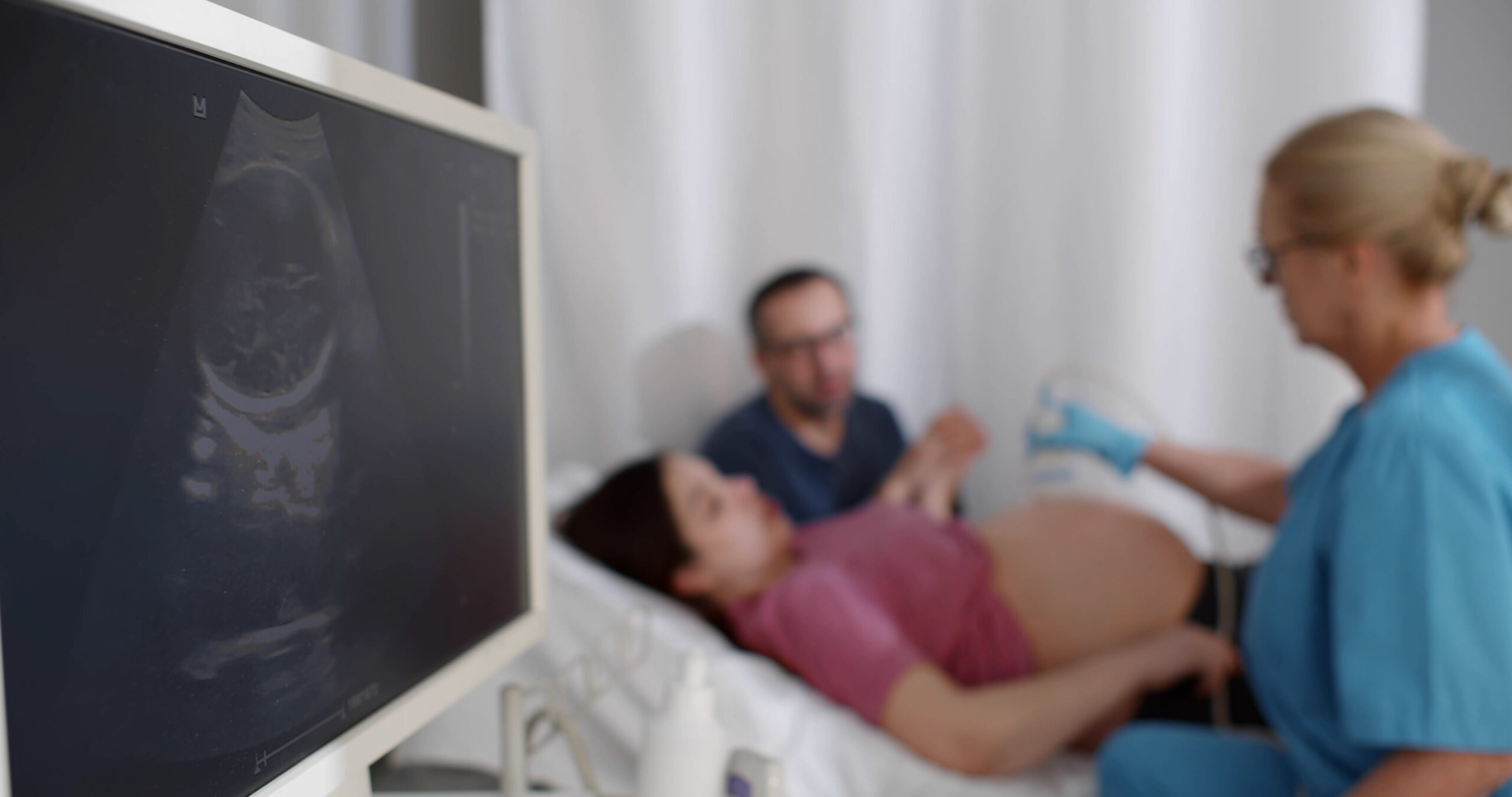Placenta accreta spectrum (PAS), a severe complication associated with cesarean sections, is on the rise, posing a significant threat to maternal health worldwide.
Story Overview
- PAS incidence is growing in parallel with increased C-section rates.
- This condition significantly raises the risk of maternal morbidity and mortality.
- New guidelines emphasize early detection and multidisciplinary management.
- Efforts are ongoing to reduce unnecessary C-sections globally.
Understanding the Rise of PAS
Placenta accreta spectrum is a condition where the placenta grows too deeply into the uterine wall, often occurring in women with previous cesarean sections. Historically, C-sections were rare due to high risks, but safer surgical techniques in the late 20th century led to their increased use. Today, C-section rates have soared worldwide, especially in developed nations, correlating with a marked increase in PAS cases. The rising incidence of PAS has resulted in heightened maternal morbidity and mortality, underscoring the need for awareness and preventive strategies.
A Grave Condition Caused by C-Sections Is on the Rise https://t.co/mBYxwTt559 via @NYTimes
— Raymond De Vries (@agoodbirth) November 6, 2025
The increase in PAS cases is not just a medical issue; it reflects broader systemic and cultural factors. Medicalization of childbirth and defensive medical practices have led to more C-sections. Repeat C-sections are common due to concerns about uterine rupture during vaginal birth after cesarean. Additionally, higher maternal age and associated comorbidities contribute to the rising C-section rates. As a result, PAS is becoming more prevalent, particularly in high-resource settings with elevated C-section rates, but it is also growing in middle-income countries.
Key Stakeholders and Their Roles
The rising incidence of PAS affects various stakeholders, including pregnant women, healthcare providers, and health systems. Pregnant women with previous C-sections are at direct risk for PAS. Obstetricians and maternal-fetal medicine specialists are responsible for diagnosing and managing this condition. Hospitals and health systems bear the financial and logistical burden of providing complex care for PAS cases. Public health agencies like the WHO and CDC monitor trends and issue guidelines to promote the judicious use of C-sections.
Obstetricians must balance patient preferences, medico-legal risks, and clinical guidelines. Hospitals may have financial incentives for C-sections but face higher costs due to PAS complications. Public health agencies advocate for reducing unnecessary C-sections, which sometimes conflicts with patient autonomy and provider practices. This dynamic creates challenges in implementing effective strategies to curb PAS incidence.
Watch:
https://youtube.com/shorts/eoWN2kns-AU?si=siMyRRu8_TXP7V7K
Current Developments and Future Directions
Recent studies continue to highlight the rising incidence of PAS, particularly in countries with high C-section rates. New clinical guidelines emphasize the importance of early detection through advanced imaging techniques like ultrasound and MRI, along with a multidisciplinary approach to PAS management. Some health systems are implementing policies to reduce primary C-section rates and promote vaginal births after cesarean where safe.
Efforts to curb unnecessary C-sections are ongoing, but they face cultural, systemic, and medico-legal barriers. PAS remains a leading cause of severe maternal morbidity and mortality in developed countries. The focus is on evidence-based obstetric care and investing in training and infrastructure for managing high-risk pregnancies. The rising PAS rates have economic, social, and political implications, including increased healthcare costs, potential litigation, and policy debates over elective C-sections and patient autonomy.
Sources:
Birth Injury Help Center
U.S. National Library of Medicine
Wikipedia (Caesarean section)
Healthline
Academic Medicine & Surgery
Arizona State University Embryo Project
U.S. National Library of Medicine








